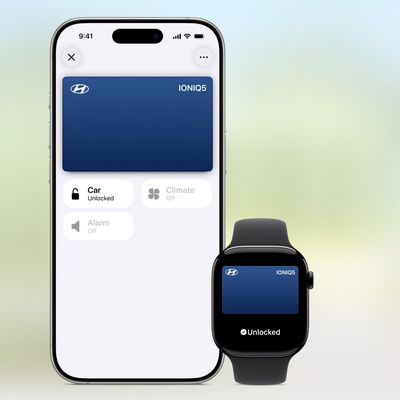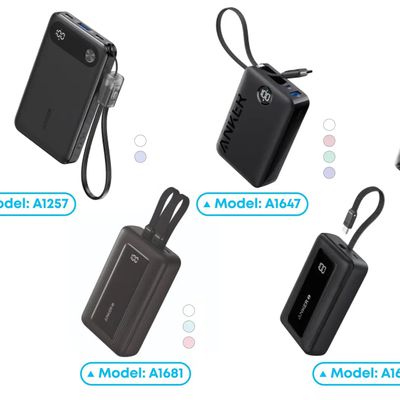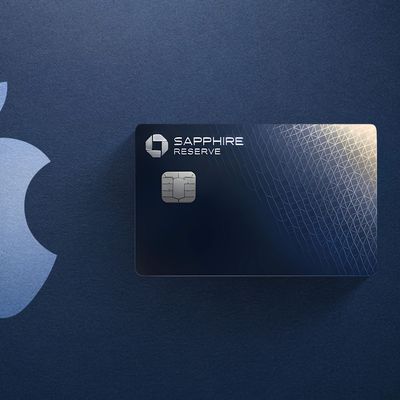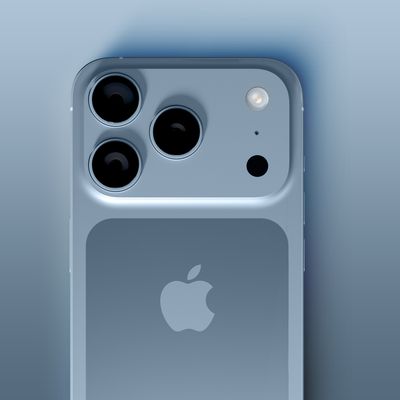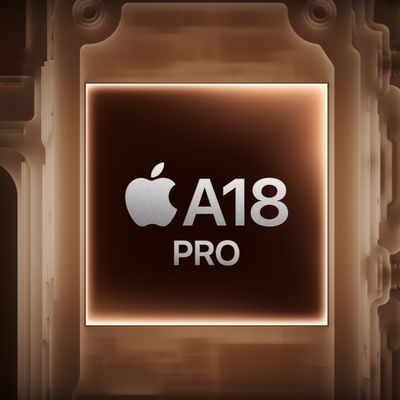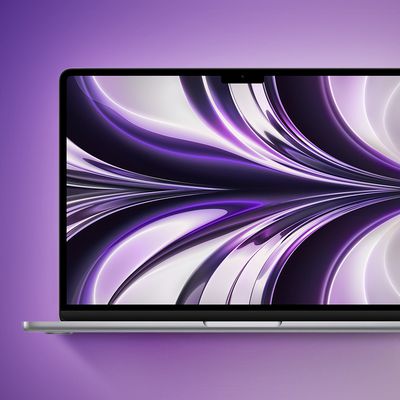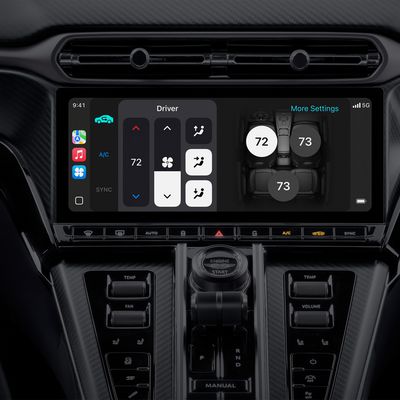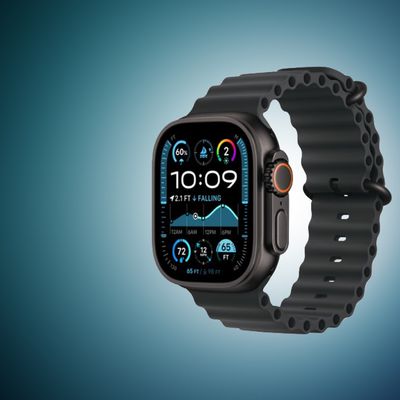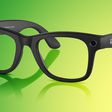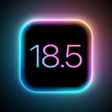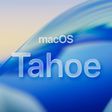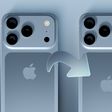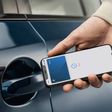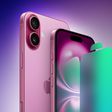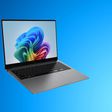Hands On with Apple's New 13-Inch Retina MacBook Pro
Following the introduction of the new 13-inch Retina MacBook Pro at its media event, Apple invited attendees to spend some time with the machine. Overall, the early hands-on impressions are favorable, with the reduction in thickness and weight making a significant difference for professionals on the go, but the high price tag associated with the Retina display and solid-state storage mean that it likely won't quite be able to inherit the non-Retina model's popularity just yet.
Engadget:
For starters, it's wildly thin. No, not manilla envelope thin, but thin enough to slip into most briefcases and backpacks without the consumer even noticing. Outside of that, it's mostly a shrunken version of the 15-incher let loose over the summer. The unibody design is as tight as ever, with the fit and finish continuing to impress. In my estimation, this is Apple's most deliberate move yet to differentiate the 13-inch MacBook Pro from the 13-inch MacBook Air.
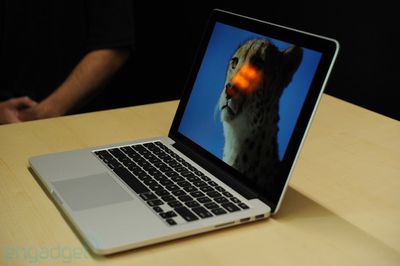
TechCrunch:
It’s clear that Apple wants this new version of its top-performer to take over as a product that redefines the laptop category, and judging by limited hands-on experience, there’s good reason to believe they’ll eventually get their wish, though not just yet. [..]
As for how it performed, it was very much like using the 15-inch rMBP, which is my main machine currently. In the hand, however, it feels significantly lighter, at about a pound lighter than the bigger model. That’s a big difference for a machine you carry around with you all day, and alone might sway some users, price considerations aside.
SlashGear:
Freshly announced today, and falling under our eager fingers straight after Apple’s San Jose launch event, the new notebook follows the successful route of its bigger brother. Gone is the optical drive, in comes the super-high-resolution screen, and wide open pop our wallets.
The screen size may be smaller – and lower resolution, too, at 2560 x 1600, though for an overall higher pixel density of 227ppi – but actually the 13-inch model is slightly thicker, at 0.75-inches. In contrast, the 15-inch Retina version is 0.71-inches thick. You don’t really notice the difference, however, and the advantage in weight, with near a full pound dropped, more than makes up for it.
The Verge:
The resolution settings for the display are just like the larger MacBook Pro — but the maximum allowed resolution is 1680 x 1050, unlike the 1920 x 1080 setting offered on the 15-inch model. Still, 1680 x 1050 is a tremendous option on a display of this size, though at the "best for Retina" setting the screen offers an effective 1280 x 800. If you've been using a 15-inch MacBook Pro for the screen size, the 13-inch just got a ton more attractive.
Popular Stories
Apple hasn't updated the AirPods Pro since 2022, and the earbuds are due for a refresh. We're counting on a new model this year, and we've seen several hints of new AirPods tucked away in Apple's code. Rumors suggest that Apple has some exciting new features planned that will make it worthwhile to upgrade to the latest model.
Subscribe to the MacRumors YouTube channel for more videos.
Heal...
In 2020, Apple added a digital car key feature to its Wallet app, allowing users to lock, unlock, and start a compatible vehicle with an iPhone or Apple Watch. The feature is currently offered by select automakers, including Audi, BMW, Hyundai, Kia, Genesis, Mercedes-Benz, Volvo, and a handful of others, and it is set to expand further.
During its WWDC 2025 keynote, Apple said that 13...
Popular accessory maker Anker this month launched two separate recalls for its power banks, some of which may be a fire risk.
The first recall affects Anker PowerCore 10000 Power Banks sold between June 1, 2016 and December 31, 2022 in the United States. Anker says that these power banks have a "potential issue" with the battery inside, which can lead to overheating, melting of plastic...
Chase this week announced a series of new perks for its premium Sapphire Reserve credit card, and one of them is for a pair of Apple services.
Specifically, the credit card now offers complimentary annual subscriptions to Apple TV+ and Apple Music, a value of up to $250 per year.
If you are already paying for Apple TV+ and/or Apple Music directly through Apple, those subscriptions will...
Apple's next-generation iPhone 17 Pro and iPhone 17 Pro Max are around three months away, and there are plenty of rumors about the devices.
Apple is expected to launch the iPhone 17, iPhone 17 Air, iPhone 17 Pro, and iPhone 17 Pro Max in September this year.
Below, we recap key changes rumored for the iPhone 17 Pro models:Aluminum frame: iPhone 17 Pro models are rumored to have an...
Apple is developing a MacBook with the A18 Pro chip, according to findings in backend code uncovered by MacRumors.
Earlier today, Apple analyst Ming-Chi Kuo reported that Apple is planning to launch a low-cost MacBook powered by an iPhone chip. The machine is expected to feature a 13-inch display, the A18 Pro chip, and color options that include silver, blue, pink, and yellow.
MacRumors...
Apple is planning to launch a low-cost MacBook powered by an iPhone chip, according to Apple analyst Ming-Chi Kuo.
In an article published on X, Kuo explained that the device will feature a 13-inch display and the A18 Pro chip, making it the first Mac powered by an iPhone chip. The A18 Pro chip debuted in the iPhone 16 Pro last year. To date, all Apple silicon Macs have contained M-series...
Apple last month announced the launch of CarPlay Ultra, the long-awaited next-generation version of its CarPlay software system for vehicles.
There was news this week about which automakers will and won't offer CarPlay Ultra, and we have provided an updated list below.
CarPlay Ultra is currently limited to newer Aston Martin vehicles in the U.S. and Canada. Fortunately, if you cannot...
Apple will finally deliver the Apple Watch Ultra 3 sometime this year, according to analyst Jeff Pu of GF Securities Hong Kong (via @jukanlosreve).
The analyst expects both the Apple Watch Series 11 and Apple Watch Ultra 3 to arrive this year (likely alongside the new iPhone 17 lineup, if previous launches are anything to go by), according to his latest product roadmap shared with...




